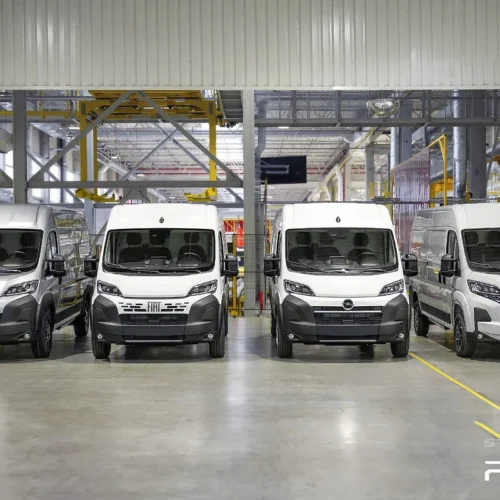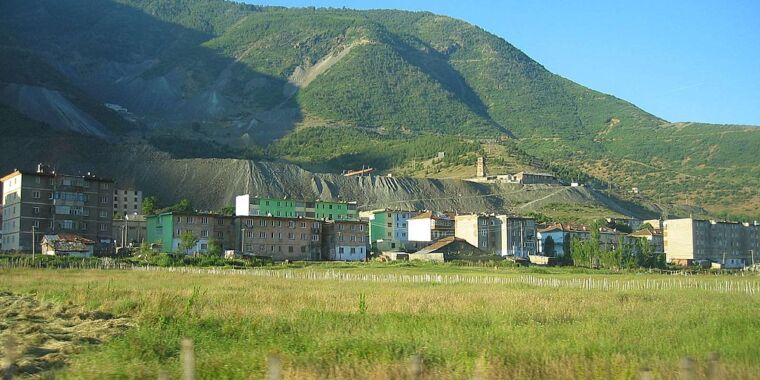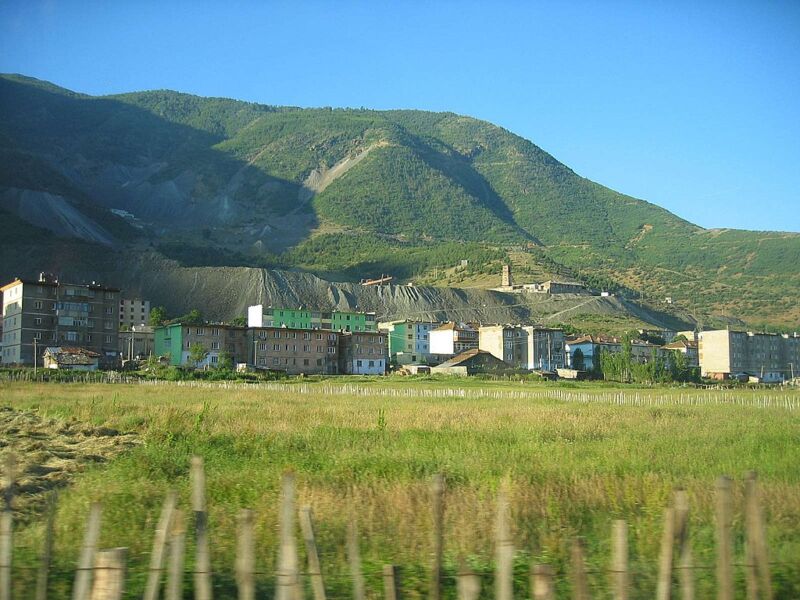Stellantis abandons hydrogen fuel cell development
Hydrogen is also much less energy-dense by volume, and making the stuff is far from efficient, even when you use entirely renewable electricity. And of course, the vast majority of commercial hydrogen is not so-called blue hydrogen, which was made with renewables but is instead mostly produced via steam reformation from hydrocarbon stocks. That’s an energy-intensive process and one that is very far from carbon-neutral.
Finally, there’s virtually no infrastructure for hydrogen road vehicles to refuel.
The vehicles are inefficient, and the fuel is expensive, difficult to store, and hard to find. So it’s perhaps no wonder that someone at Stellantis finally saw sense. Between the high development costs and the fact that FCEVs only sell with strong incentives, the decision was made to cancel the production of hydrogen vans in France and Poland.
Stellantis says there will be no job losses at its factories and that R&D staff will be put to work on other projects.
“In a context where the Company is mobilizing to respond to demanding CO2 regulations in Europe, Stellantis has decided to discontinue its hydrogen fuel cell technology development program,” said Jean-Philippe Imparato, chief operating officer for Enlarged Europe. “The hydrogen market remains a niche segment, with no prospects of mid-term economic sustainability. We must make clear and responsible choices to ensure our competitiveness and meet the expectations of our customers with our electric and hybrid passenger and light commercial vehicles offensive.”
Stellantis abandons hydrogen fuel cell development Read More »


